Chempoovan – Red coloured species of banana from South India
by
Sandy
·
November 15, 2016
Chempoovan (red banana) is a common type of banana found in Tamil Nadu and southern districts of Kerala such as Thiruvananthapuram. Though Chempoovan is quite common in southern districts which share boundaries with neighbouring state Tamil Nadu, it’s occasionally found in the markets of mid-Kerala regions such as Thrissur. It can easily be labeled as a “Tamil Nadu banana’. It’s called ‘Kappa Pazham’ in Thiruvananthapuram and Tamil Nadu areas, while Chempoovan in other parts of the state. When one say ‘Kappa Pazham’ (Kappa Banana) it should not be misinterpreted as ‘tapioca’ which is commonly known by the name ‘Kappa’ in Malayalam and also ‘Maricheeni’ in southern districts.
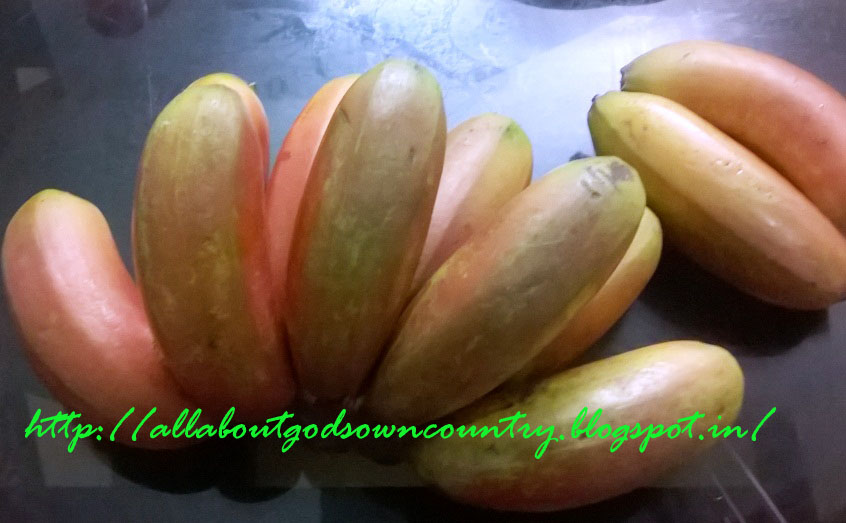
A bunch of Kappa Pazham (Chempoovan)
Chempoovan – Name derived from its red colour
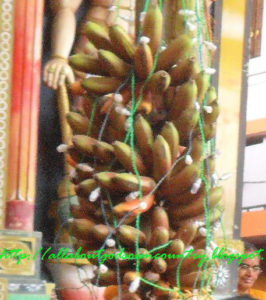
Decorated Chemboovan for a temple festival
While most of the varieties of Kerala/south Indian bananas have yellow skin, Chempoovan has beautiful ‘Reddish Maroon’ colour. Green coloured skin robusta is also cultivated in south India. Chempoovan’s taste is also entirely different from small banana types. But it somewhat resembles ‘Poovan’ – Basheer’s famous ‘Poovan Pazham’. That’s why it got the name, Chempoovan which literally means Poovan with red colour. It’s also called Chenkadali. Please remember the popular film song sung by Lata Mangeshkar for the movie, Nellu, the only original song recorded in her voice for a Malayalam film.
Chempoovan is tastier and slightly big than yellow coloured Poovan, though both are not ‘slim beauties’. Both are fat banana types, and the flesh of Chempoovan is cream coloured and slightly dark similar to its skin, when it’s compared with yellow coloured flesh of Poovan. It’s somewhat light-tea colour, and definitely the darkest coloured flesh available banana varieties available in Kerala. Yet certain hybrid varieties are also available very rare with light yellow colour.
Chempoovan is not served in sadyas or for making snacks
Kerala banana – lengthy Nendrapazham is used to make snacks while small type – Palayankodan or Rasakadali is used for sadya and temple rituals. When asked how Chemboovan is used, it’s consumed as a daily fruit like apple or banana, and normally not served along with steam cake (puttu) or Upma. Also read: Interesting facts about Kerala’s Puttu.
Chempoovan used for temple decorations for festivals
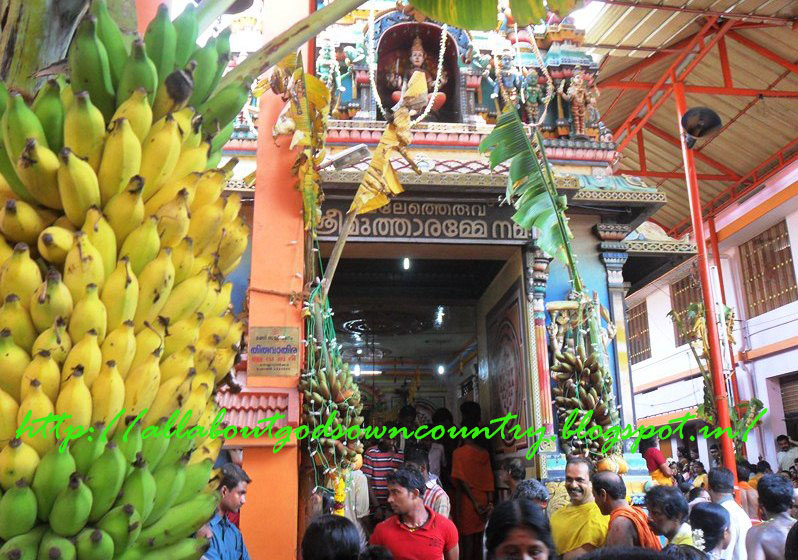
Chempoovan used as decorations at entry points of an Amman Kovil of Kerala
B
anana and plantain leaves are integral part of South Indian culture and also Keralities. Read more to know.
Though not commonly used as offerings to temple, it’s used for decoration purposes in Tamil Nadu. Some temples of Kerala follow Tamil Nadu traditions like ‘Amman Kovils’ (Amman temples) of Thiruvananthapuram district and hence such decorations are quite popular in Kerala temples following Tamil tradition.
Conclusion
As I am a native of Thiruvananthapuram, it’s quite common in fruit shops here to see hanging beautiful Chempoovan bundles. It’s very common in Tamil Nadu too. But we call this beautiful lady ‘Kappa’, and kids get easily attracted to its colour. Same is the case of my daughter too who loves it a lot. Currently staying in Thrissur, Chempoovan appears in Thrissur fruit stalls and markets very rarely, yet it’s available though not common. Chemboovan too has many hybrid varieties and its skin colours vary from light maroon to dark maroon or reddish. So when you visit Thiruvananthapuram next time, don’t forget to buy a bundle of Chempoovan banana.
Go through the gallery to read a few more unique articles on agriculture traditions, farming methods and customs of Keralites. Here is the page link. Click on the images to read.
(Visited 3,031 times, 1 visits today)
Tags: banana varieties of keralabananas of Keralabashir poovan pazhamChempoovankappakappa pazhamKerala bananapoovan pazhamred bananauses of Chempoovan
Sandy
A freelance writer and blogger by profession since October 2011, interested in writing over a wide range of topics. Hope you enjoy my writings. I belong to one of the beautiful places of the world, Kerala, nicknamed as 'God's own country'.
You may also like...




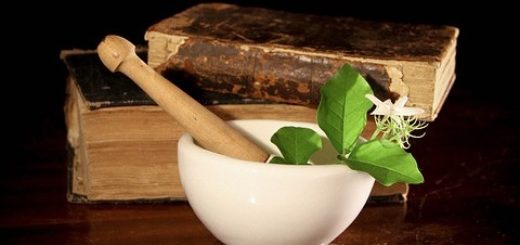
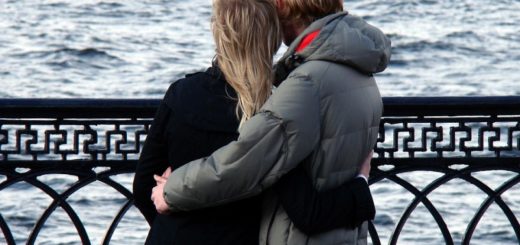

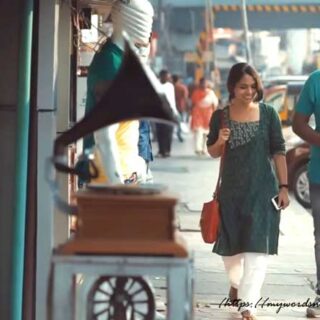








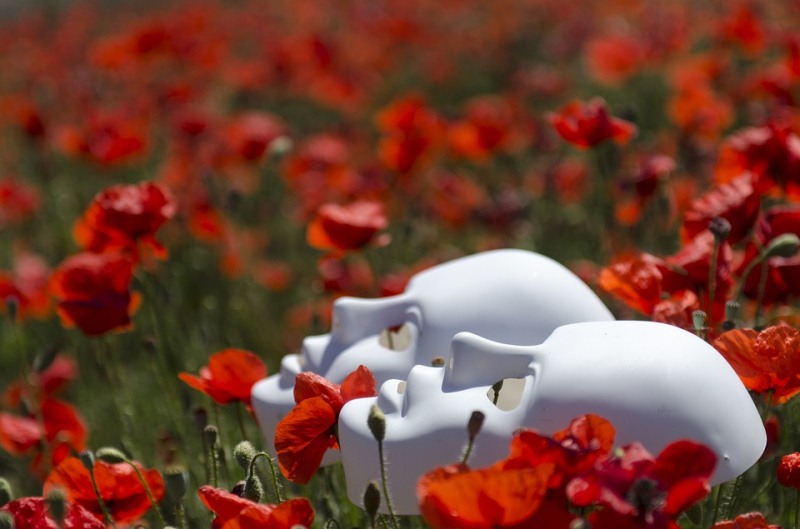
You could’ve changed the image of that temple. That picture gives more emphasis on the yellow banana.